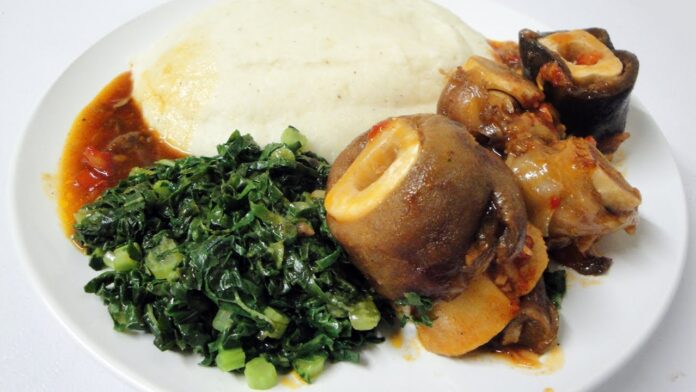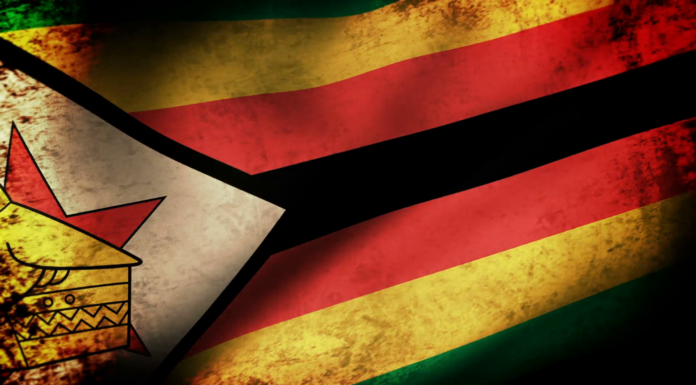Sydney Kawadza
Zimbabweans are among Africans who have to pay a huge amount of money for a single meal, forking out at least US$46 to buy ingredients to prepare a meal, according to the Cost of A Plate of Food – 2020 report released by the United Nations World Food Programme.
The WFP projections also indicate that by year end the number of food-insecure Zimbabweans will have surged by almost 50 percent to 8.6 million – a staggering 60 percent of the population – owing to the combined effects of drought, economic recession and COVID-19.
Comparing how much a person in New York State, who spends at 0.6 percent of their income for a basic plate of food, the same person would spend 21.88 percent, about US$46.17 percent of their income for a soup or a simple stew in Zimbabwe, according to the WFP.
However, Zimbabwe fares better than South Sudan, where a shopper would have to spend an astonishing 186 percent of their income paying US$392.82 to do the same with countries like Burundi (US$90.73), Malawi (US$74), Haiti (US$73.76) and Sudan (US$60.52), Mali (US$48.62) and Mozambique (US$46.19) among the top countries with people struggling to pay for a plate of food.
“Such a difference brings into sharp focus the huge inequalities at play between those people in developing countries and others in more prosperous parts of the world.
“Conflict and climate change have long affected people’s ability to afford food across multiple countries, as they are driven from their land and livelihoods and left unable to produce or buy the produce they need to feed their families.
“Now COVID-19 has added another layer to the challenges faced by most vulnerable groups, through increased unemployment, loss of remittances and weak economies that prevent countries offsetting the worst effects of the pandemic. Market-dependent groups in urban areas are increasingly at risk,” the WFP said.
In Zimbabwe, the WFP notes, the COVID-19 pandemic is aggravating an already severe hunger crisis in Zimbabwe, with ongoing hyperinflation meaning few families can afford even basic food.
“Up to three-quarters of the country’s urban workforce, mostly women traders, are now jobless. WFP’s response includes increasing monthly cash entitlements from US$9 to US$12, to offset rapidly rising food prices and to cater for increased essential household items such as soap in light of COVID-19,” the UN agency said.
The third Cost of a Plate of Food report highlights the impact of these factors on people’s access to affordable food with sub-Saharan Africa with 17 out of the top 20 countries in the report coming from this region.
“A high dependency on food imports and on informal labour are among the reasons for this. With more investment in the short term to support people from the fallout of COVID-19, and greater emphasis on building sustainable food systems in the long term as a foundation for access to affordable, nutritious food, we can break down the inequalities that underpin the results in this report.”
The UN World Food Programme is on the frontlines in this effort, supporting governments in developing safety nets such as cash programmes that increase people’s purchasing power, working with retailers on fair pricing, flexing procurement muscle to boost production and supply of food, and building resilience to climate extremes through community projects.









